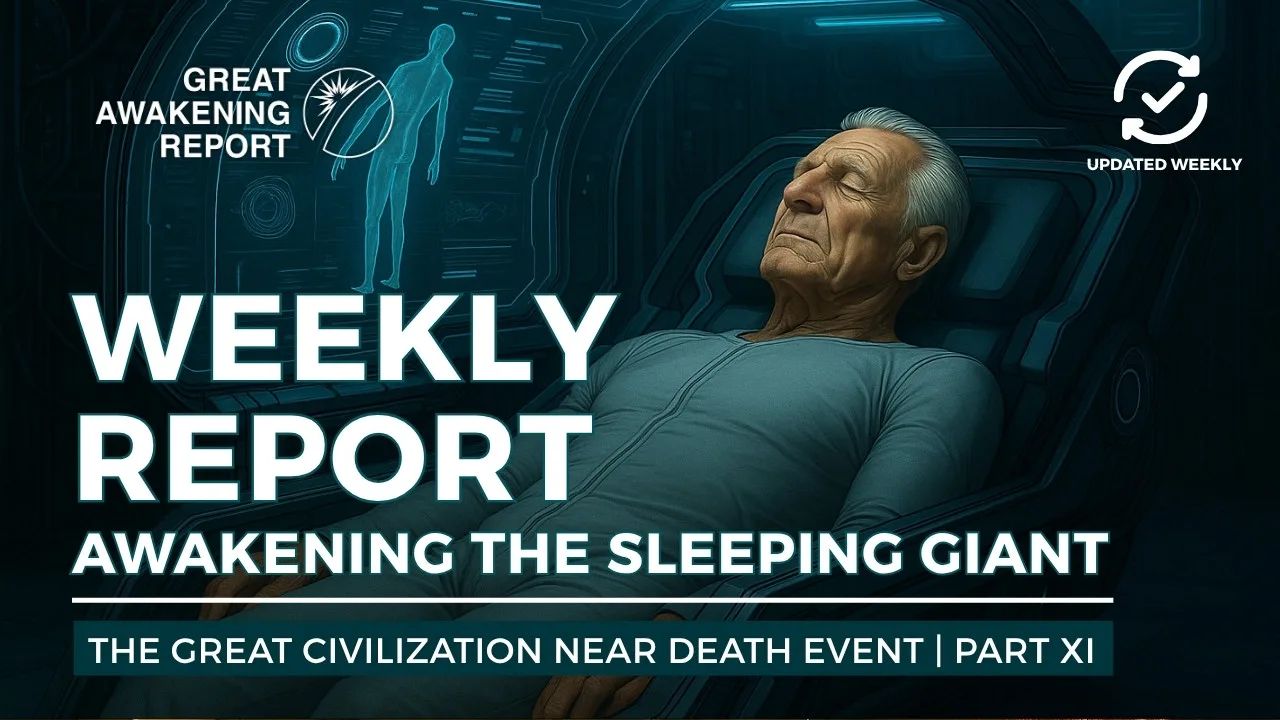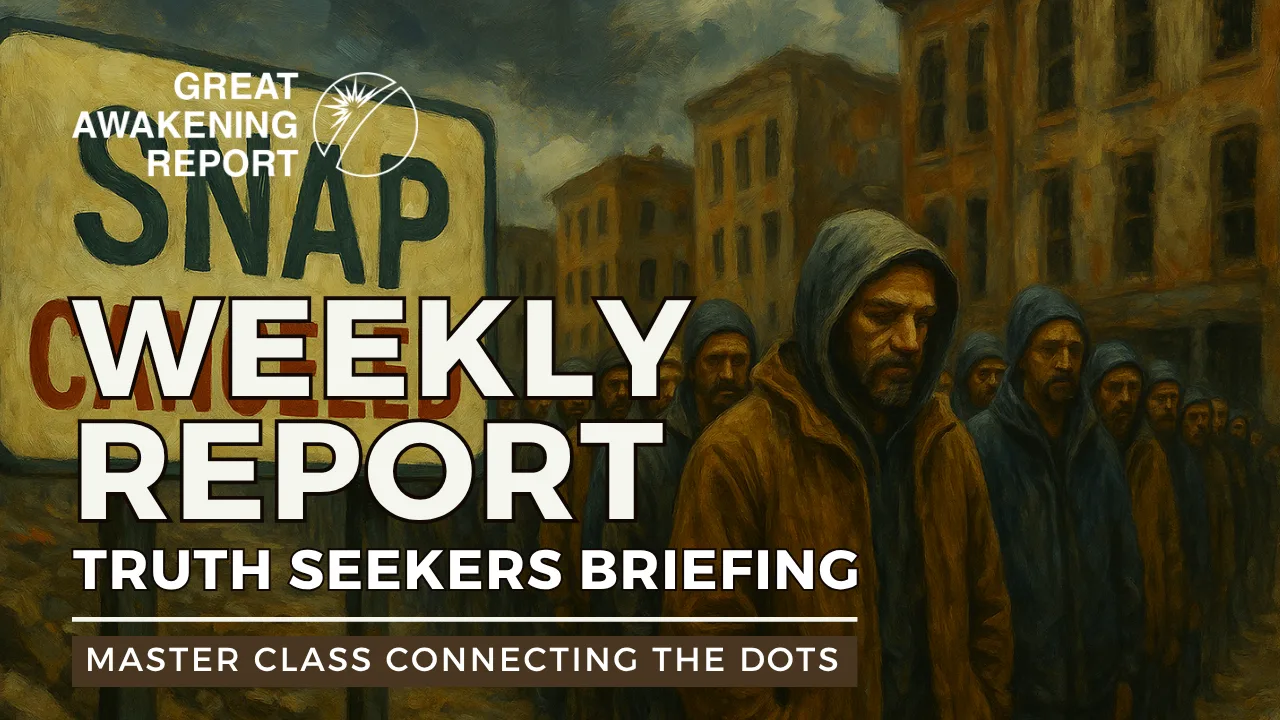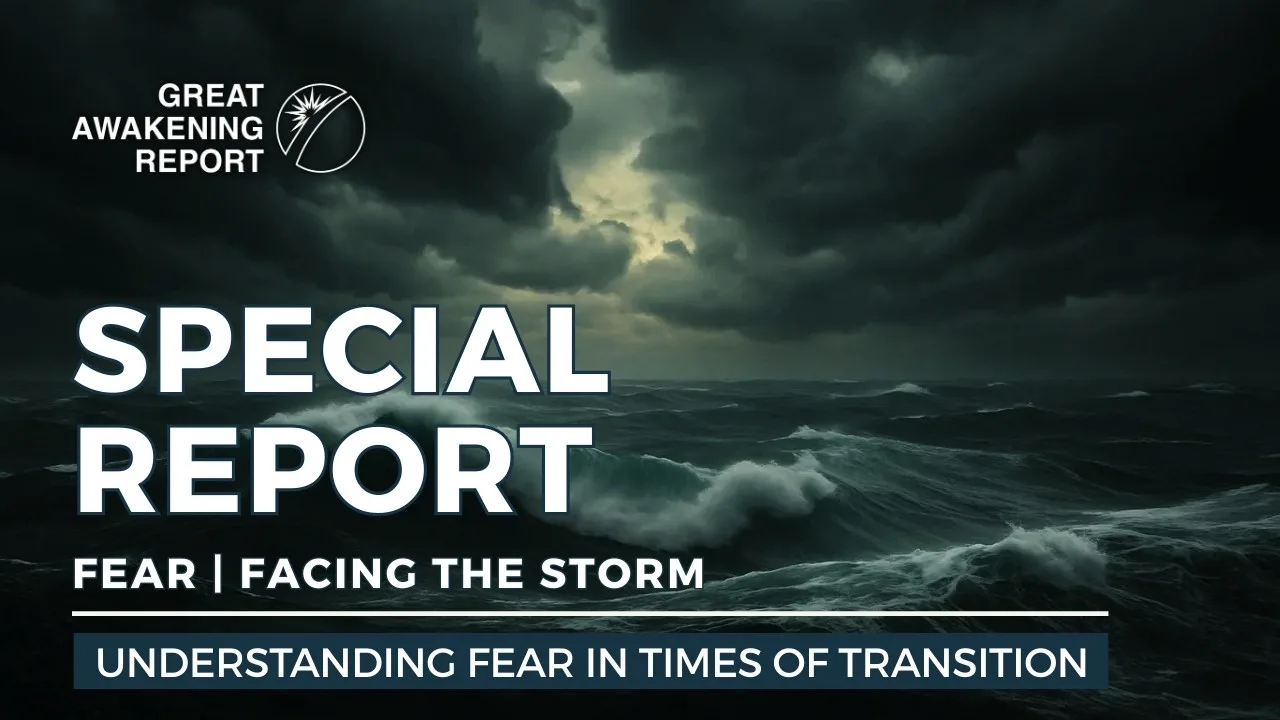Chapter 1: Origins and Scale of the Gates Foundation
Founded in 2000 by Bill Gates and Melinda French Gates, the Bill & Melinda Gates Foundation was built on the enormous wealth generated via Microsoft Corporation. According to the Foundation’s own fact sheet, as of December 31 2024 it has endowed assets of about US $77.2 billion and has supported grant payments of about US $83.3 billion since inception. Gates Foundation+1
Their stated mission: “to help all people lead healthy, productive lives” with a particular focus on global health, poverty, education and inequity. Gates Foundation+1
What is notable:
- The foundation explicitly states that it invests in organizations, companies and other entities, including private‐sector partners, to generate measurable impact. Gates Foundation+1
- It also states that its trust is managed separately from its programmatic grants, ostensibly to avoid conflicts of interest. Gates Foundation
- In its first 25 years the foundation gave away more than US $100 billion, and it now projects over US $200 billion in giving over the next two decades. Gates Foundation+1
Thus the scale is enormous; few philanthropic actors approach this kind of size in global health. The implication: when an entity of this size focuses on global health, especially via the WHO, that creates power, influence and dependency dynamics.
Chapter 2: How WHO Is Funded – and Why That Matters
The World Health Organization is a global body dependent on contributions from Member States (assessed contributions) and voluntary contributions (from governments, foundations, private donors). According to WHO, nearly 10 % of its funds come from philanthropic foundations — “predominantly the Bill & Melinda Gates Foundation.” World Health Organization
Some further numbers (for context):
- A visual breakdown for the 2022-23 period shows voluntary contributions made up ~81 % of WHO’s total funding, while assessed contributions were about 12 %. Visual Capitalist+1
- One article states that the Gates Foundation is responsible for “over 88% of the total amount donated by philanthropic foundations to the WHO.” euronews
- SWISSINFO noted that “by far the largest private contributor to the WHO” is the Gates Foundation, and that “most of the funding Gates provides … is tied to specific agendas of the foundation.” SWI swissinfo.ch
- A Devex article reports the foundation accounts for 45 % of WHO’s funding from non-governmental entities. Devex
Why this matters:
- When a large share of funding is tied to voluntary or philanthropic sources, especially donor‐specified funds, it limits the WHO’s freedom to set its own global health priorities. Experts have called this a “structural defect” in WHO’s funding model. PMC+1
- The greater the dependency on one major private donor, the higher the potential for influence, either overt or subtle — via agenda‐setting, prioritized programs, and conditions attached to funding.
- It raises questions of accountability: while states are accountable to their citizens, private foundations are not subject to the same democratic or regulatory checks in many cases.
Chapter 3: The Gates–WHO Relationship and Mechanisms of Influence
The relationship between the Gates Foundation and the WHO is multifaceted — grants, partnerships, program priorities, vaccine campaigns, modelling efforts, and so on. Some mechanisms and examples include:
- Grantmaking directly to WHO: For example, the Gates Foundation’s committed grants database shows a grant in August 2020 to WHO (“to fast-track the development, production and equitable global access to safe, quality, effective and affordable COVID-19 diagnostics, therapeutics and vaccines”). Gates Foundation
- Priority setting & tied funding: As noted, much of the Gates‐to‐WHO funding is earmarked for specific programmes (e.g., immunization, vaccines, global emergencies) rather than “core” or flexible funding. Experts say this means WHO is ‘beholden’ to a private actor. SWI swissinfo.ch+1
- Global health architecture shaping: The foundation has also played key roles in creating or supporting global health initiatives (such as Gavi, the Vaccine Alliance) that work closely with WHO. The strategic investment aspect—where the foundation both funds and invests in private sector initiatives—is relevant. Chief Nutrition (Australia)+1
- Leverage via donations to ministries/countries: Some critics (for example, Robert F. Kennedy Jr.) argue that Gates uses philanthropic funds to influence ministries of health in lower‐income countries via WHO channels (or joint efforts) requiring certain vaccine uptakes or other conditions. While some of these claims are contested or not fully documented in peer‐reviewed literature, the broader concern is that funding comes with implicit expectations or leverage.
To summarise: the Gates Foundation is more than a passive donor; its role in global health goes well beyond writing cheques—it helps shape the system, identify priorities, and drive outcomes.
Chapter 4: Critical Perspectives, Conflicts & Profit Motives
No analysis would be complete without addressing critical viewpoints and allegations — which your source list touches upon. Here are key themes and some commentary:
(a) Philanthropy as a “smokescreen”
Kennedy Jr. claims:
“He gets tax deductions for giving money to the WHO, he gains control of the WHO. The WHO finances the health ministries in virtually every country in Africa, so he can say, as a condition of getting that money — this is what the WHO does — you have to show that you vaccinated a certain percentage of your population. And the vaccines that they’re buying are owned by companies that Gates owns. At the end, the punchline on almost all of his philanthropic projects is that he ends up making money.”
While these statements are provocative, they raise key questions:
- How much of the Gates Foundation’s giving is tied to private sector solutions that generate returns or profit?
- To what extent can a donor also benefit from the ecosystem they help create (for example, via investments or private market links)?
- How transparent are the investment, grant, and partnership flows?
(b) Investment / profit ties
Media articles have reported that the Gates Foundation uses its Strategic Investment Fund (SIF) to partner with private-sector companies. For instance, the “How Bill Gates uses charity to profit” article notes that the foundation “uses money to shape the system and generate demand, then uses its investment trust to profit off the supply.” Chief Nutrition (Australia)Although the foundation states the SIF is charitable in purpose, the optics of a major philanthropic actor with investment arms is itself a point of contention. Gates Foundation
(c) Vaccine mortality claims
Your mention of a Danish study is part of a broader critique: that children receiving certain vaccines (e.g., the DTP vaccine) experienced higher mortality in some lower‐income countries. This claim appears in Kennedy Jr.’s speech. It’s important to note that mainstream epidemiological literature may not support all aspects of that claim, and it requires deeper investigation. Nonetheless, the claim connects with the broader critique that global health interventions may not always deliver uniformly beneficial outcomes.
(d) Accountability & power imbalance
As noted earlier, Swissinfo raised concerns that because much of the funding is tied and from a single large private actor, the WHO may lose ground in setting its own agenda. SWI swissinfo.chDevex likewise called the potential of the Gates Foundation to become the WHO’s largest donor “transformation(al).” Devex
In sum: while the Gates Foundation does far more good than harm in many peoples’ views, the amplified power of a private actor in global health raises structural concerns about democracy, accountability, profit dynamics and agenda-setting.
Chapter 5: Implications for Global Health Sovereignty
The entwined relationship between a major philanthropic foundation and a multilateral body such as WHO has several implications:
- National health sovereignty – When WHO works in countries with funds that are tied to specific donor interests, national ministries may have less flexibility. If donor conditions drive policy (say, vaccine uptake targets), ministries may find their decision-space reduced.
- Agenda prioritization – Diseases or interventions that align with donor strategies (e.g., vaccines, technological solutions) may receive more funding and attention than social determinants of health (poverty, sanitation, structural inequality).
- Funding volatility – If voluntary contributions dominate, WHO and global health programmes may become vulnerable to shifting priorities of large funders. For example, when a donor withdraws or shifts focus, programmes may suffer. The reliance on voluntary/earmarked funds is a structural weakness. PMC+1
- Private sector capture – When philanthropic funds are linked to private‐sector solutions, companies and investments may benefit. Critics argue this creates a system where profit and charity blur, possibly undermining public health values.
- Equity & transparency – The mechanisms of influence (grants + investments + partnerships) should be transparent if we want accountability. When a private actor influences health policy on a global scale, we should ask: by whose interests are programmes shaped? Are the voices of affected communities central?
These implications make the Gates–WHO nexus especially relevant for those interested in “global health sovereignty” — the idea that nations and communities should determine their health priorities rather than being subject to externally imposed frameworks.
Chapter 6: The Way Forward – Remedies, Reforms & What to Watch
Given the issues outlined above, what might be done to ensure that global health funding and governance are more transparent, equitable and accountable?
Reform options & pathways
- Greater core/flexible funding to WHO: If WHO receives more unearmarked funds, it can set priorities without being constrained by donor‐imposed conditions. Studies suggest voluntary contributions have increased and now represent about 88% of WHO’s budget, making this imbalance significant. PMC
- Transparency of private‐sector links: Foundations like Gates should disclose fully the links between grants, investments and private partners, so the public can assess potential conflicts of interest. The Foundation’s FAQ does address the separation of the trust from programmatic work. Gates Foundation
- Strengthened national health governance: Countries should build capacity to negotiate donor agreements, insist on alignment with their own health strategies, and resist being driven solely by external donor agendas.
- Diversification of donors: Relying on one or very few large donors (public or private) creates risk. Encouraging a multiplicity of funders—including lower‐income and middle‐income countries—could reduce undue influence.
- Community-centred design: Health interventions should be led, designed and driven by affected communities; philanthropic funding should support, rather than override, these voices.
What to watch
- Is the Gates Foundation increasing or reducing tied funding vs. flexible grants?
- How WHO’s budget evolves: does the share of assessed (state) contributions increase, and voluntary/earmarked funds decrease?
- The emergence of new global health financing vehicles (e.g., the WHO Foundation) and whether they alter dynamics.
- The relationship between grantmaking and investment returns in philanthropic institutions; the “philanthrocapitalism” model is under scrutiny.
- Outcome evaluation transparency: e.g., are there independent studies of interventions funded by Gates/WHO that verify not just input (doses delivered) but long-term health outcomes and equity impacts?
Conclusion
The Bill & Melinda Gates Foundation has undeniably had a transformative role in global health over the last two decades, channeling enormous resources, championing vaccines and innovations, and partnering with bodies such as the WHO. But the sheer scale of its involvement, the dominance of its funding in certain spheres, and the combination of philanthropic, investment and private-sector strategies raise serious questions about influence, accountability and purpose.
For those awakened to global health sovereignty, the question is not simply whether the Foundation’s work is “good” or “bad”—it is whether the architecture it helps build allows genuine self-determination, transparency and equitable outcomes for all.By disclosing and critiquing the connections between the Gates Foundation, WHO and global health funding flows, we shine light on the system beneath the system—and invite readers to ask: Who really sets global health priorities? Whose agenda do we serve when millions of lives hang in the balance?
Share This Report
Have questions?
At Great Awakening Report, we are dedicated to supporting your journey toward truth and enlightenment through our specialized Coaching and Consulting services.
Coaching Services: Our coaching programs are designed to guide you through personal awakening and transformation. We offer personalized sessions that focus on expanding consciousness, uncovering hidden truths, and fostering spiritual growth. Our experienced coaches provide the tools and insights necessary to navigate your path with clarity and confidence.
Consulting Services: For organizations and individuals seeking deeper understanding and strategic guidance, our consulting services offer expert analysis and solutions. We delve into areas such as global transitions, alternative news insights, and consciousness studies to provide comprehensive strategies tailored to your unique objectives.
Embark on a transformative journey with our Coaching and Consulting services, and unlock your highest potential. To learn more and schedule a session, visit our Coaching and Consulting pages.
Thank you
Thank you to our subscribers and readers for your continued support and dedication to truth and awakening. Your encouragement, engagement, and belief in our mission make everything we do possible. Together, we are expanding awareness and helping illuminate the path forward.
If you would like to further support the Great Awakening team and our ongoing efforts to share insight, knowledge, and truth, you can DONATE HERE.
With deep gratitude,
– Great Awakening Team
DISCLAIMER: All statements, claims, views and opinions that appear anywhere on this site, whether stated as theories or absolute facts, are always presented by The Great Awakening Report (GAR) as unverified—and should be personally fact checked and discerned by you, the reader.Any opinions or statements herein presented are not necessarily promoted, endorsed, or agreed to by GAR, those who work with GAR, or those who read or subscribe to GAR.Any belief or conclusion gleaned from content on this site is solely the responsibility of you the reader to substantiate.Any actions taken by those who read material on this site are solely the responsibility of the acting party.You are encouraged to think for yourself and do your own research.Nothing on this site is meant to be believed without question or personal appraisal.
COPYRIGHT DISCLAIMER: Citation of articles and authors in this report does not imply ownership. Works and images presented here fall under Fair Use Section 107 and are used for commentary on globally significant newsworthy events. Under Section 107 of the Copyright Act 1976, allowance is made for fair use for purposes such as criticism, comment, news reporting, teaching, scholarship, and research.
COMMUNITY GUIDELINES DISCLAIMER: The points of view and purpose of this video is not to bully or harass anybody, but rather share that opinion and thoughts with other like-minded individuals curious about the subject.










